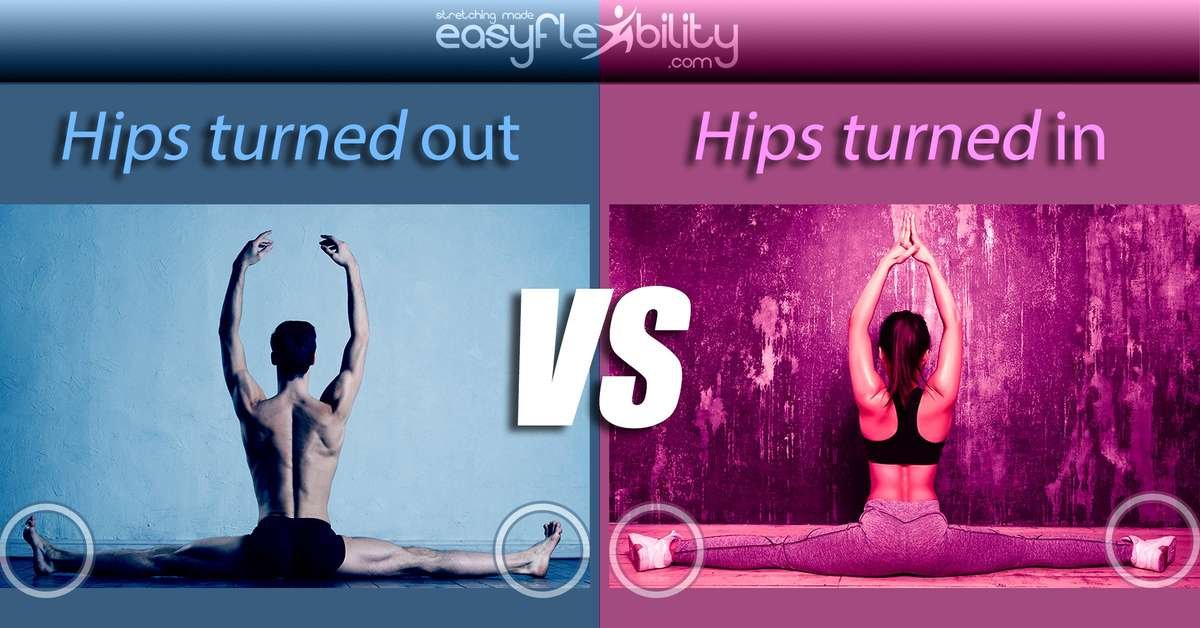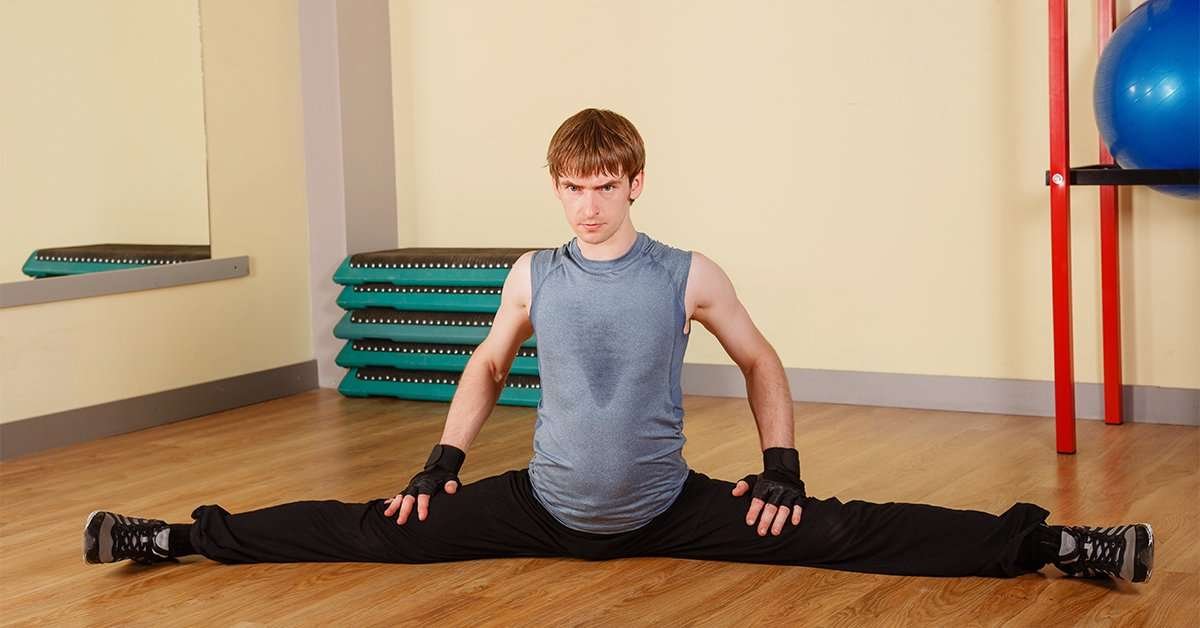If can do one type of split, should I be able to do another one automatically? PART 4
Feb 14, 2019


In the last 3 parts we have talked about Front to Side Split carry over (or lack of it). We also talked about different types of forward splits and their relationship.
Today we will talk about a question I get asked all the time.
What is the relationship between the toes up and toes down middle split. Do they have a carry over? And why some people can do one and not the other.
Here is what they look like:

Let’s start with the fact that for most people the two splits are exactly the same, as far as hip are concerned.
The Exception to the Rule Athletes
There is a small group of people who have overdeveloped medial rotation in the hips. These people will have easier time to convert the toes up center split to the toes forward one. However they need a toes up split first to do that.
Please keep in mind that individuals with these hips are not common. I have met a few of the “exception to the rule” athletes. These people can do a split with toes down, but not up.
There are two reason for that:
One of them or both can cause this rare phenomenon.
- The adductors and pectineus are medial rotators. In people with hyper flexible hip rotation, lateral turning actually need to take place to turn the toes up. The adductors which are already very stretched from abduction, can prevent the lateral rotation. This is because they would have to be even more stretched to allow the hip joint to turnout.
- The joints are set in such a way that at full straddle a turnout is inhibited.
What about regular people? - Toes up to down transfer
An average splitter who have mastered a side (straddle split), with toes up, can’t rotate the hip joint forward 90 degrees. So the rotation compensation takes place at the lower back. The lumbar spine hyper extends.

So now flexibility of the anterior structures and strength of the posterior structures is what will dictate if the person can get the toes down.
There is another compensation:
If the feet are edged (like in a blade side kick), the toes will move forward as if there is rotation in the hip. (False rotation)

Look at toes down straddles and see if the feet are flat or edged.
So those who have toes down straddle:
- most often have a toes up straddle,
- plus back compensation,
- plus feet compensation.
Toes down to up transfer
We are talking about the majority of people here, not those who have medial over-rotation. Most people who can do a split with toes down, can turn the toes up and sit.
The most common reason I see for people who can’t do this is, lack of body weight to keep the abduction in place. This means that the body weight presses the torso down, when toes are down.
However when toes are up, the adductors pull the legs together. This is why some people loose full 180, when the toes are pointed up.
If this happens to you, try this exercise to both stretch the adductors further and to strengthen the abductors.
Interested in full mastering a split, with every muscle properly stretched? Try our programs:




